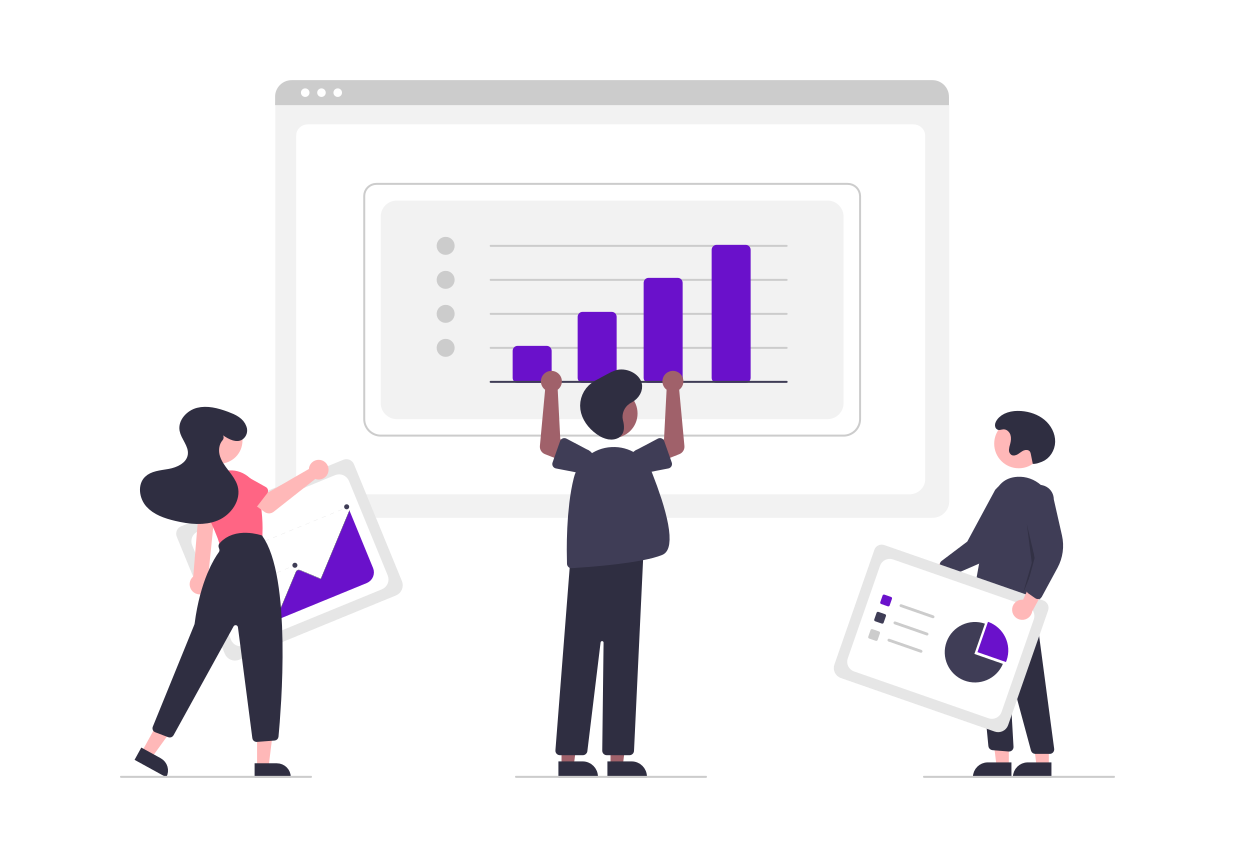Opening Quote
"Loyal customers are not just repeat buyers; they are advocates who spread the word about your brand."
Introduction
Customer loyalty programs are essential for building lasting relationships with your customers. When designed thoughtfully, these programs can increase engagement, boost retention, and turn customers into brand advocates. This blog will explore innovative strategies to enhance your customer loyalty programs for long-term success.
Understanding the Basics
What is a Customer Loyalty Program?
A customer loyalty program rewards customers for their repeat business and engagement. These programs can take many forms, from points systems to tiered memberships, but all aim to incentivize and retain customers.
Benefits of Loyalty Programs
- Increased Customer Retention: Keeps customers coming back by rewarding their loyalty.
- Higher Customer Lifetime Value: Loyal customers spend more over time, increasing their overall value to your business.
- Enhanced Customer Engagement: Encourages ongoing interaction with your brand.
Innovative Strategies for Designing Loyalty Programs
Gamification
Engaging Through Play: Introduce game-like elements into your loyalty program to make it more engaging. This could include points, badges, challenges, and leaderboards.
Rewarding Achievements: Recognize and reward customers for completing specific actions, such as making a purchase, writing a review, or sharing on social media.
Personalization
Customized Rewards: Offer personalized rewards based on individual customer preferences and behaviors. Use data analytics to understand what motivates each customer and tailor the program accordingly.
Segmented Offers: Create different loyalty tiers or segments to provide exclusive offers and benefits tailored to each group’s needs and interests.
Implementing Effective Loyalty Programs
Seamless Integration
Omnichannel Experience: Ensure your loyalty program is accessible across all customer touchpoints, including in-store, online, and via mobile apps. Customers should be able to earn and redeem rewards seamlessly, no matter how they interact with your brand.
User-Friendly Interface: Design an intuitive and easy-to-use interface for your loyalty program. This includes a straightforward sign-up process, clear reward tracking, and simple redemption options.
Transparency and Communication
Clear Rules: Clearly communicate the rules, benefits, and earning mechanisms of your loyalty program. Customers should understand how they can earn and use their rewards without confusion.
Regular Updates: Keep customers informed about their status, upcoming rewards, and special promotions through regular updates via email, SMS, or push notifications.
Enhancing Engagement Through Rewards
Exclusive Access
VIP Events: Offer loyal customers exclusive access to special events, product launches, or sales. This creates a sense of exclusivity and appreciation.
Early Access: Provide early access to new products or services as a reward for loyalty, making customers feel valued and special.
Experiential Rewards
Beyond Discounts: Consider offering experiences, such as travel opportunities, workshops, or unique brand experiences, as part of your loyalty rewards. These can create memorable moments that deepen the customer relationship.
Surprise and Delight: Occasionally surprise loyal customers with unexpected rewards or perks to delight them and keep them engaged.
Measuring Success and Adapting
Key Metrics to Track
Participation Rate: Monitor how many customers are joining and actively participating in your loyalty program.
Redemption Rate: Track the rate at which customers are redeeming their rewards. A low redemption rate may indicate that rewards are not attractive or the process is too complicated.
Customer Retention Rate: Measure how effective your loyalty program is at retaining customers over time.
Customer Lifetime Value (CLV): Calculate the overall value that a loyal customer brings to your business, considering their entire relationship with your brand.
Continuous Improvement
Customer Feedback: Regularly seek feedback from participants to understand what they value and how you can improve the program.
Data Analysis: Use analytics to identify trends and areas for improvement. Adapt your strategies based on data-driven insights to keep the program relevant and engaging.
Conclusion
A well-designed customer loyalty program can significantly enhance engagement and retention. By incorporating innovative strategies such as gamification, personalization, seamless integration, and offering unique rewards, you can create a loyalty program that not only retains customers but also turns them into enthusiastic advocates for your brand. Continuously measure and adapt your program to ensure it remains effective and aligned with customer needs.


